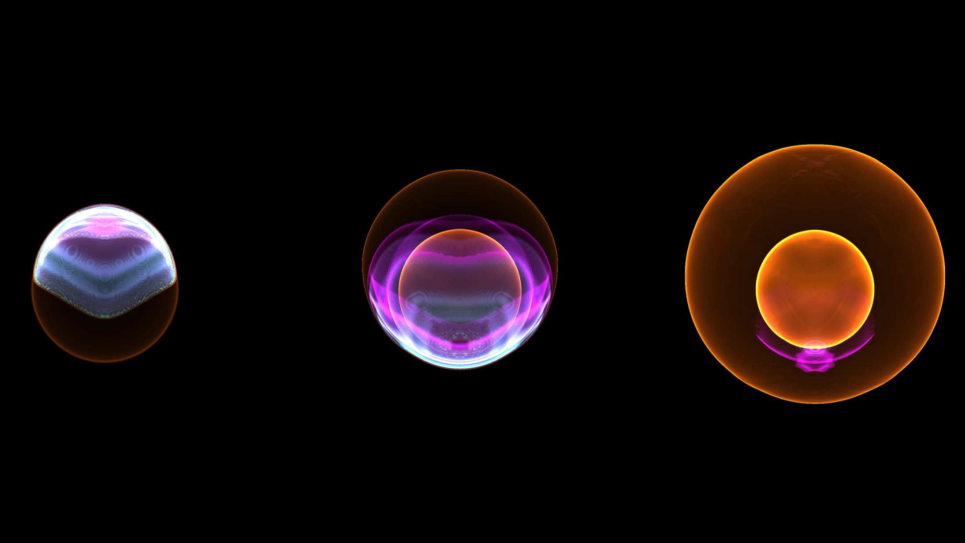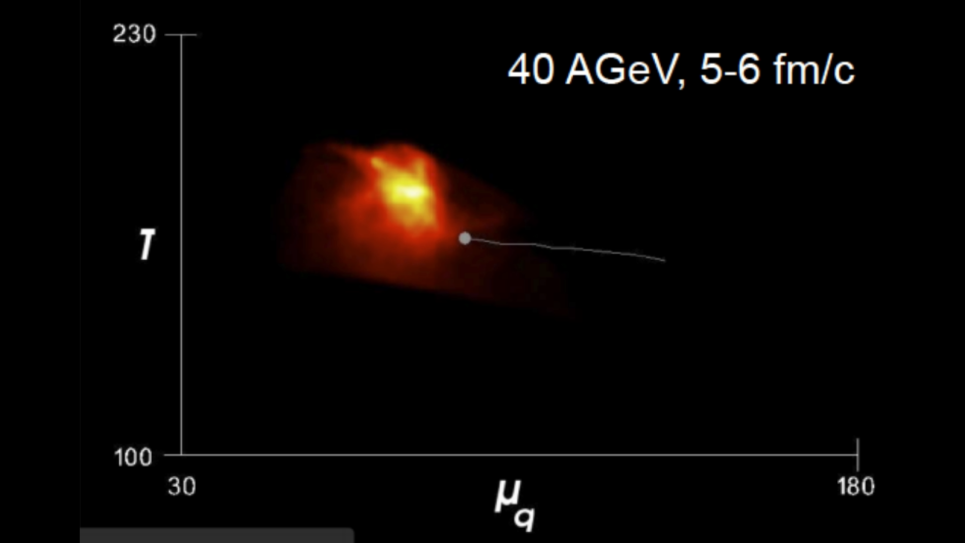This project will take the next step in demonstrating that staggered valence quarks are a viable strategy in lattice quantum chromodynamics (QCD) for nucleon physics. With this ALCC allocation, the team will compute the nucleon axial charge, a hadronic matrix element entering the neutron decay rate and, simultaneously, the normalization of the nucleon axial form factor.
This project will take the next step in demonstrating that staggered valence quarks are a viable strategy in lattice quantum chromodynamics (QCD) for nucleon physics. Recently, the team’s methodology has been applied to obtain the most precise calculation of the nucleon mass to date [arXiv:1911.12256]. With this ALCC project, they will compute the nucleon axial charge, a hadronic matrix element entering the neutron decay rate and, simultaneously, the normalization of the nucleon axial form factor. The latter is a key nucleonic ingredient in estimating the neutrino-nucleus cross sections and, thus, an underpinning of the Fermilab neutrino program (culminating in LBNF/DUNE). The axial charge is, thus, a crucial stepping stone en route to the form factor’s kinematic dependence.
The researchers will use the highly improved staggered quark (HISQ) action for both valence and sea quarks. They will employ the library of 2+1+1-flavor ensembles of gluon fields from the MILC Collaboration. In this way, they can attain high statistics and work directly at the light quark mass corresponding to the average of the up- and down-quark masses in Nature. These ensembles have been used for the two best calculations of the axial charge published so far [arXiv:1805.12130, arXiv:1806.09006]. These works used a different fermion formulation for valence and sea quarks. In the ALCC team’s work, that compromise does not arise.
The team uses computing resources from the USQCD clusters at Fermilab and Brookhaven National Laboratory to generate lattice data at two lattice spacings a ≈ 0.15 fm and 0.12 fm. With ALCC resources, they will generate data at a two more lattice spacings, a ≈ 0.09 fm and 0.06 fm, thereby enabling a robust, nontrivial extrapolation to the continuum limit.
The team’s software stack is a branch of the MILC codes extended to baryon two- and three-point lattice-QCD correlation functions. The standard branch is the most advanced code for staggered fermions in the world, and it has been run extensively on both Theta and Cori over the past several years. The PI and most of the Co-PIs collaborate with the MILC Collaboration on other projects.

